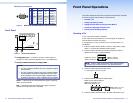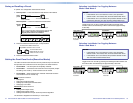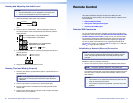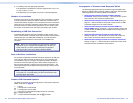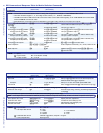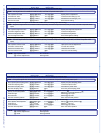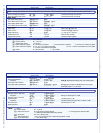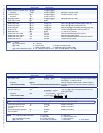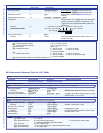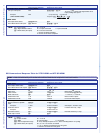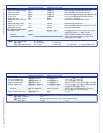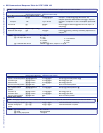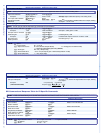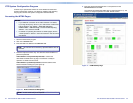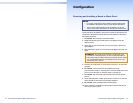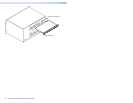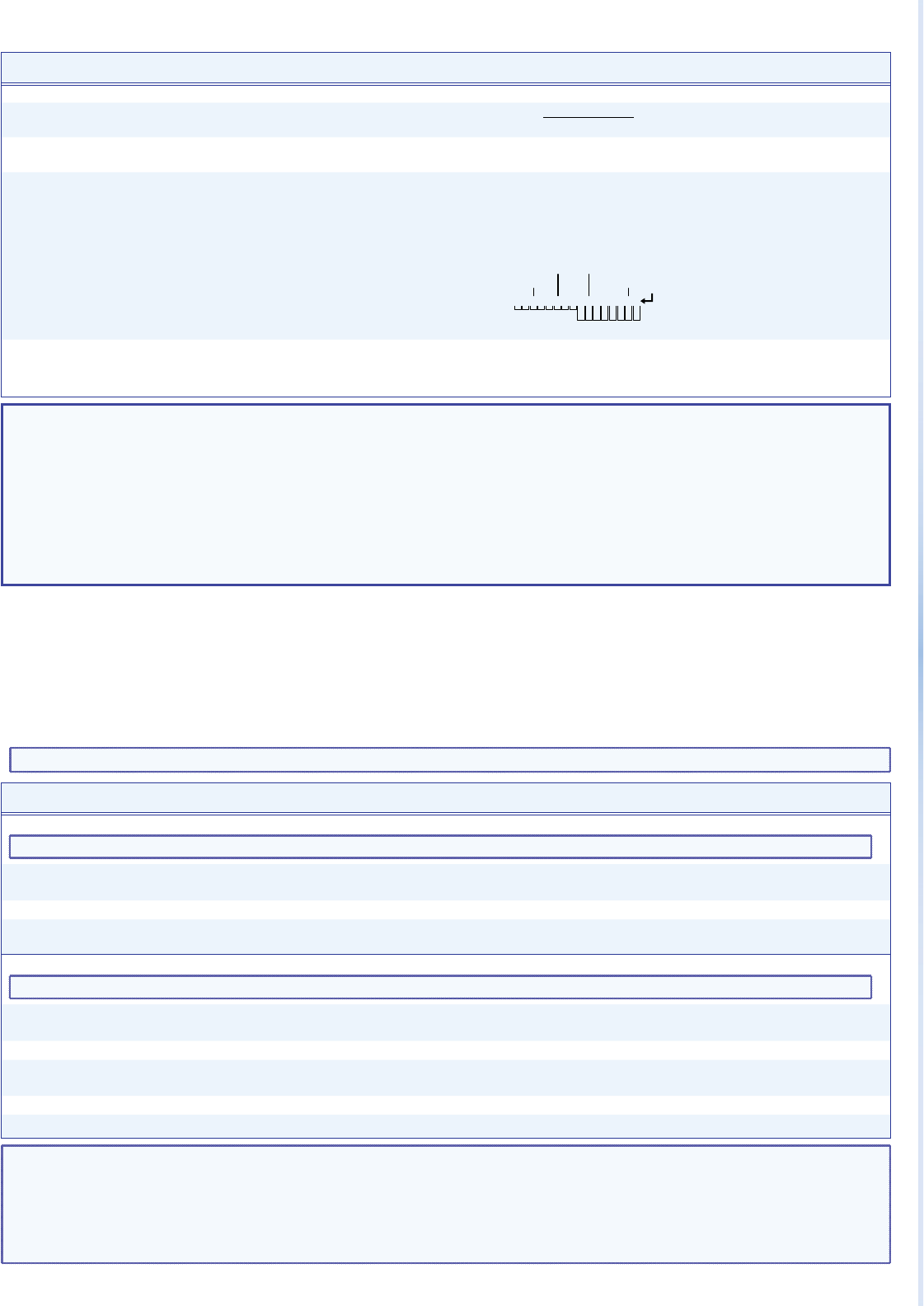
32 XTP CrossPoint 1600 and 3200 • Remote Control 33XTP CrossPoint 1600 and 3200 • Remote Control
Command SIS Command
(Host to Unit)
Response
(Unit to Host)
Additional Description
Information requests
Information request
I
V
X1(
X
X2)
•A
X1(
X
X2)]
In the response: V
X1(
X
X2)
is the video matrix size.
A
X1(
X
X2)
is the audio matrix size.
Request part number
N
X2!]
See the Extron website, www.extron.com, for part
numbers.
Request input/output board
conguration
*N
X2!
.
X2@
1
X2@
2
...
X2@
n
X2#
1
X2#
2
...
X2#
n
]
Part number, dot, 4 or 8 (
n
)
X2@
s; each is the input board
installed, starting from input slot 1, followed by 4 or 8
(
n
)
X2#
s; each is the output board installed, starting from
output slot 1.
Example
(XTP CrossPoint 3200)
*N
Input:
Output:
Input slot 3 = XTP CP 4i HDMI Output slot 7 = No Board
Input slot 6 = XTP CP 4i VGA Output slot 2 = XTP CP 4o (XTP)
1
2
345678
1
2
345678
60-1167-01.GGHFXFIHDDDEJXXM
Query rmware version
Q
X2$]
Example:
Q
1.23
]
The factory-installed controller rmware version is 1.23
(sample value only).
NOTE: • = Space
X1(
= Number (quantity) of inputs 4, 8, 12, 16, 20, 24, 28, 32
X2)
= Number (quantity) of outputs 4, 8, 12, 16, 20, 24, 28, 32
X2!
= Part number 60-nnnn-01
X2@
= Installed input board F = XTP CP 4i VGA H = XTP CP 4i HDMI
G = XTP CP 4i (TP) I = XTP CP 4i DVI Pro
X = No board installed
X2#
= Installed output board D = XTP CP 4o (TP) J = XTP CP 4o DVI Pro
E = XTP CP 4o HDMI M = XTP CP 4o SA (stereo audio)
X = No board installed
X2$
= Firmware version number to second decimal place (x.xx)
SIS Command and Response Table for XTP T HDMI
NOTE: These commands allow you to control and monitor the HDMI transmitter endpoint from the matrix switcher.
Command SIS Command
(Host to Unit to Endpoint)
Response
(Endpoint to Unit to Host)
Additional Description
Audio routing selection
NOTE: These commands select between the audio embedded in the digital video stream and the 2-channel analog audio.
Input audio selection
E
I
X!
*
X1!
AFMT
}
AfmtI
X!
*
X1!]
Example:
E
I1*0AFMT
}
AfmtI1*0
]
Auto (0): HDMI (digital) takes priority over analog.
View input audio selection
E
I
X!
AFMT
} X1!]
View all input audio selections
E
IAFMT
} X1!
1
X1!
2
X1!
3
...
X1!
n
]
Each
X1!
is the enable or disable status of an input,
starting at input 1. n is 16 or 32.
Audio input gain and attenuation
NOTE: The set gain (G) and set attenuation (g) commands are case sensitive.
Set input level to +dB value
X!
*
X1@
G In
X!
•Aud
X1#]
Example:
1*2G
In01•Aud+02
]
Set input 1 audio gain to +2 dB.
Set input level to -dB value
X!
*
X1$
g In
X!
•Aud
X1#]
Increment gain
X!
+G In
X!
•Aud
X1#]
Increase gain by 1 dB.
Example:
5+G
In05•Aud+03
]
Increase audio input 5 level from +2 dB to +3 dB.
Decrement gain
X!
–G In
X!
•Aud
X1#]
Decrease gain by 1 dB.
Read input level
X!
G
X1#]
NOTE: • = Space
X!
= Input number 01 – 16 or 32
X1!
= Input audio source 0 = Auto (see the example above) 2 = Analog (local 2-channel audio)
1 = HDMI (de-embedded digital audio) (default)
X1@
= Audio gain 0 to +24 (1 dB per step)
X1#
= Numeric dB value –18 to +24 (45 steps of gain or attenuation) (Default = 0 dB)
X1$
= Audio attenuation 1 – 18 (1 dB per step)



